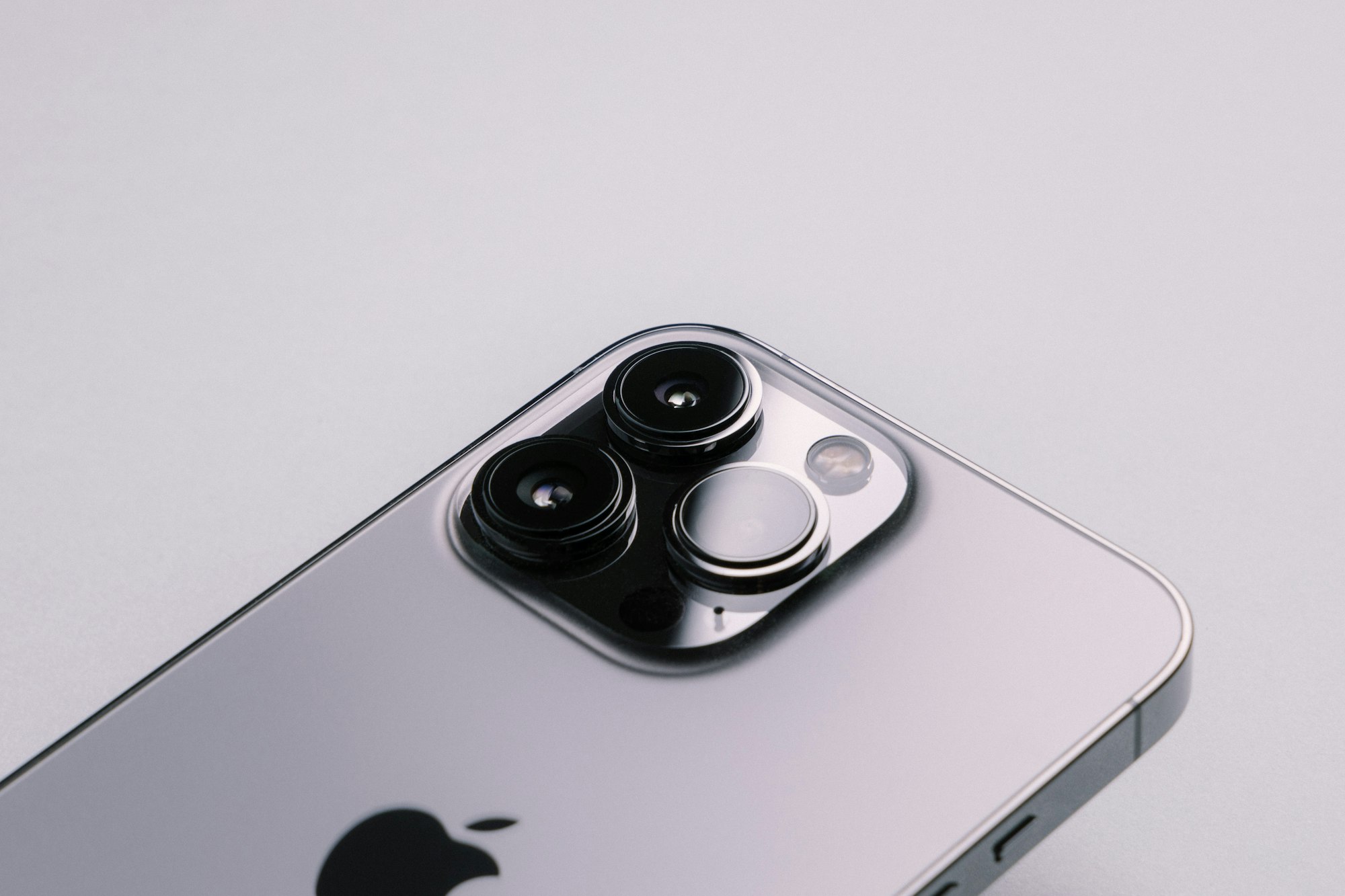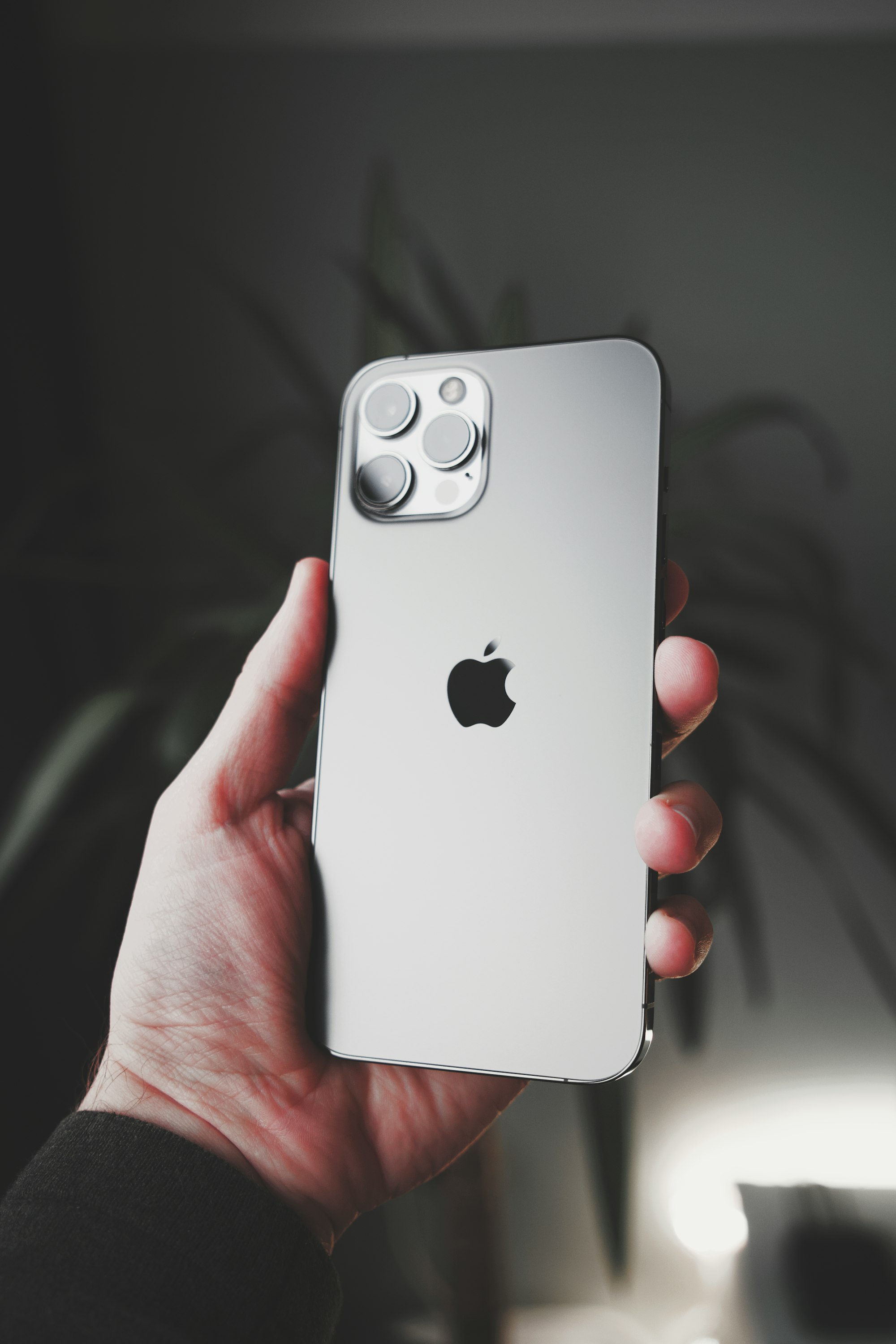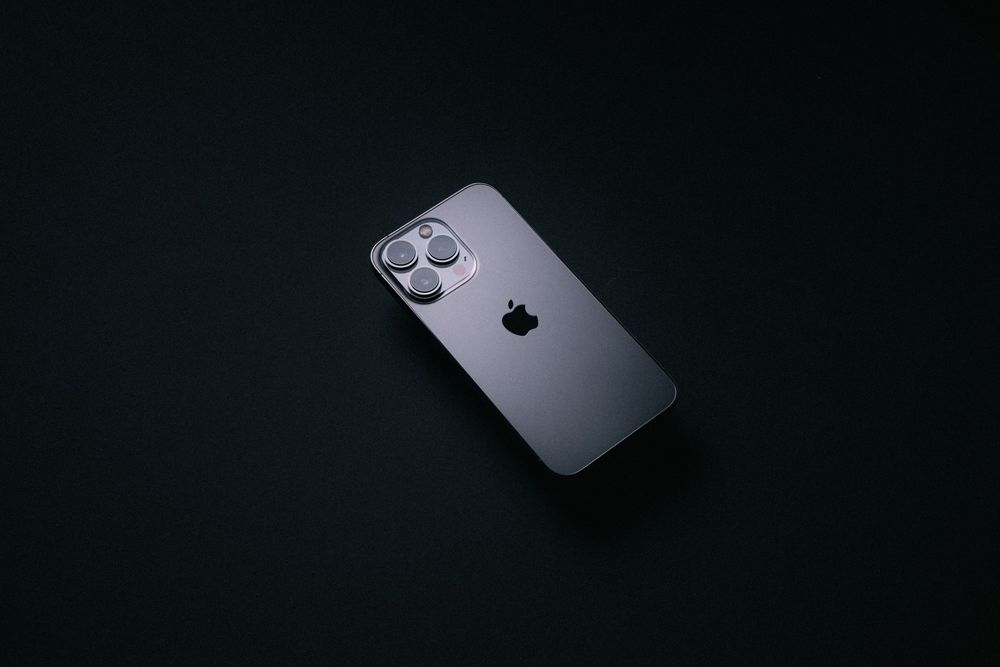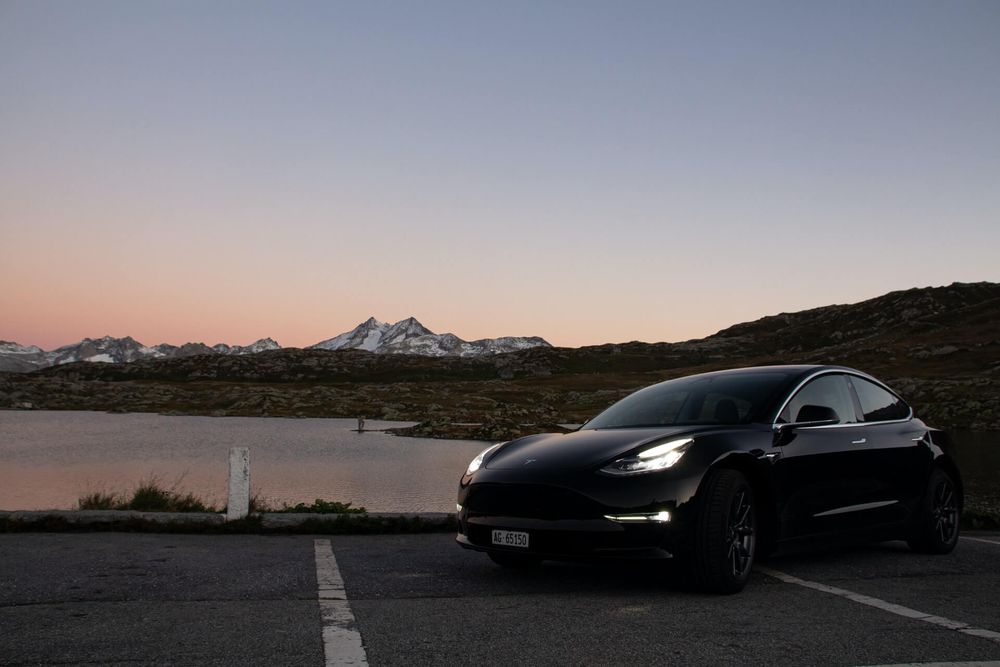With a 6.7-inch display, the Max is the most sumptuous of the iPhones, making easy reading thanks to all that real estate, but occupying pockets and demanding bigger or stretchier fingers to make it easy to use.
In almost every respect, it’s identical to the iPhone 13 Pro, except for the size, the battery and the price. But crucial features like the top-flight A15 Bionic processor, the three cameras and overall design are the same.
Those cameras are big, even bigger than the ones on the iPhone 12 Pro Max. The same lenses feature on the smaller Pro where they look really huge, so they arguably make a better-proportioned fit on this phone. The camera panel is a design statement: three bold, big lenses, a flash, microphone and LiDAR scanner. That last element is there to serve augmented reality uses and to assist the cameras with fast assimilation of the contours of a situation, to help with fast, sharp focus.
The point is, you can’t miss the cameras on this iPhone. The camera panel is raised and the lenses protrude further. But the size isn’t just for show. It’s there to house lenses with apertures which are more wide-open than the ones on the iPhone 13 and iPhone 13 mini, helping to suck in more light, faster, helping the camera in low-light situations.

At first glance, the design seems to be identical to the iPhone 12 Pro Max, apart from those bigger cameras. The same flat-edged design that was introduced last year. Well, it’s proved a hit, so you can see why Apple stuck with it. The first visible difference is the new color finish on the elegant, subtle Sierra Blue which has replaced last year’s Pacific Blue. This is much lighter, a pale but striking shade.
And then there’s the notch. The TrueDepth camera panel that has sat on the front of the iPhone since the introduction of the iPhone X means there’s a cut-out at the top of the display. For the first time, this has shrunk in size. It’s fractionally deeper than before but noticeably narrower. Not, it seems, narrower enough for Apple to display the battery percentage on screen—you still need to swipe down on the top edge to see it—but maybe this will change with a software update, he said hopefully.
You may spot a difference in the display which, for the iPhone 13 Pro and Pro Max only, has an adaptive refresh rate which goes up to 120Hz. This makes for a smooth experience. The new display is also brighter, making it easier to read in sunlight, for instance.
Beyond that, all the changes are internal. The new A15 Bionic chip coms in two versions, and the Pro iPhones have the one with the extra GPU core, making games look better and adding to the camera’s photographic chops.

Though Apple hasn’t specified just how fast it is, it’s clearly a step up from the A14 Bionic. So, for example, the Neural Engine that’s at the heart of the iPhone has seen a speed uptick from 11 trillion steps per second to 15.8 trillion steps per second.
In a sense, the raw figures are meaningless. Does the iPhone 13 Pro Max do everything it needs to without making you wait, ever? Yes, it does. This is a high-performance phone, as so it should be for the price.
Apple has also tended to the basics with the new iPhones, all of which have seen an increase in battery life. That’s especially true of the iPhone 13 Pro Max which has the longest battery life of any iPhone, ever. It’s more than two hours longer per day than the iPhone 12 Pro Max, Apple says, which seems about right from my testing.
But this year’s phone is all about the cameras. New lenses, new software and new capabilities. Chief among them is Cinematic mode, which is just brilliant. It adds the artful blurred background of Portrait mode to video, automatically knowing when to focus where and switching smoothly from one subject to another. It’s the sort of thing a focus puller trains for to get right in the film industry. And here it’s down to that neural engine.








